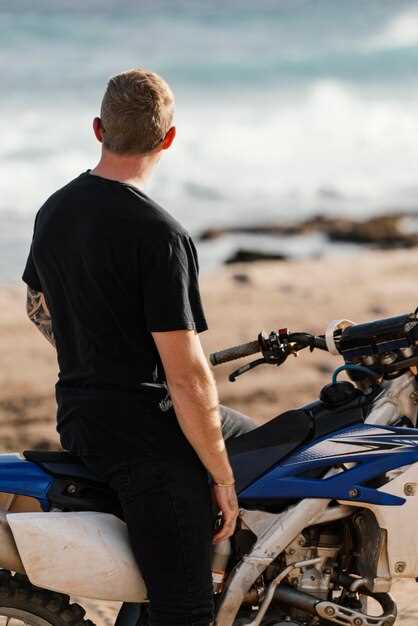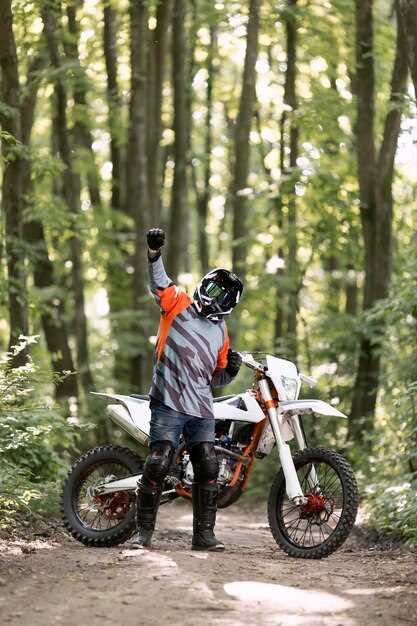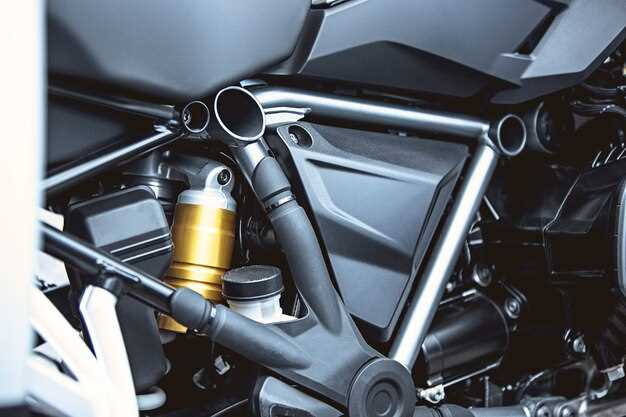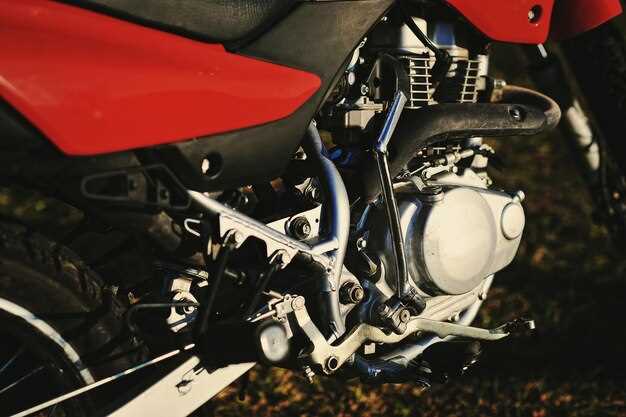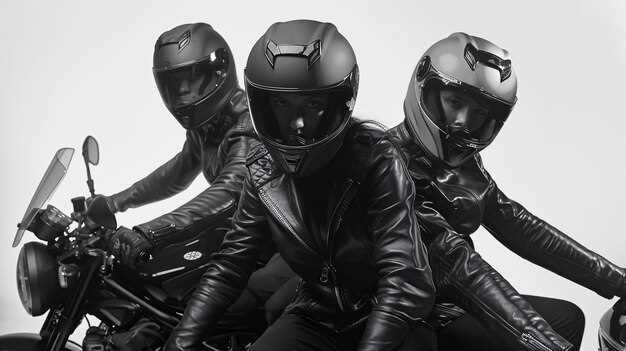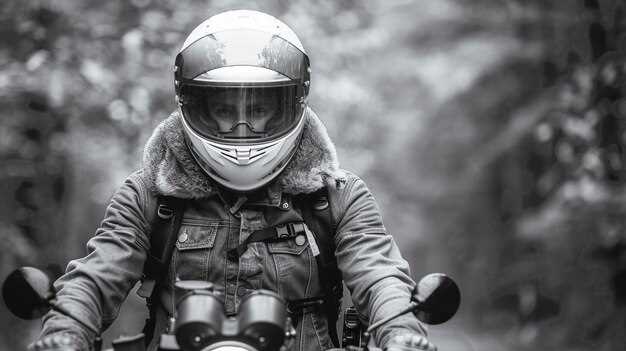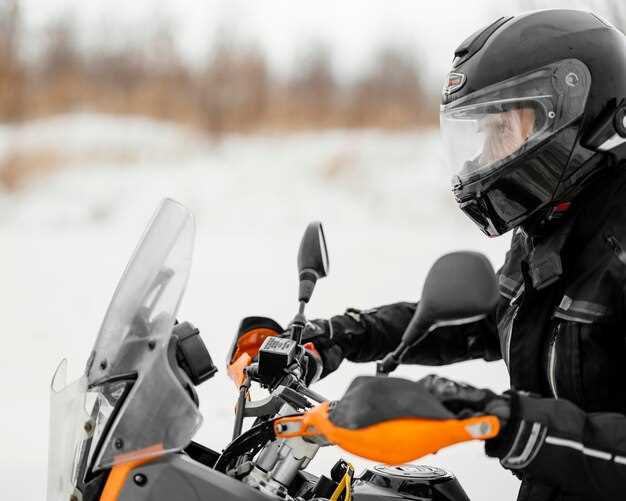
Embarking on a long motorcycle journey can be an exhilarating experience, filled with the promise of adventure and exploration. However, to ensure a safe and enjoyable ride, it is essential to equip your bike with the proper accessories. These vital additions can enhance your comfort, improve safety, and make your overall journey more pleasurable.
One of the first considerations for any long trip is storage solutions. Whether you’re planning a weekend getaway or a cross-country expedition, having the right luggage options will help you carry everything you need without compromising your bike’s balance or handling. From saddlebags to tank bags, the right storage can keep your gear organized and easily accessible.
In addition to storage, protective gear plays a critical role in any long-distance ride. Investing in high-quality riding apparel, including jackets, gloves, and boots, can significantly enhance your safety while adding comfort and protection against the elements. As you prepare for your trip, consider how each piece contributes to your overall riding experience.
Lastly, don’t overlook the importance of navigation and communication devices. Whether you prefer a GPS unit or a smartphone app, having reliable directions can prevent unnecessary detours and enhance your travel efficiency. Moreover, incorporating a communication system allows you to stay connected with fellow riders, sharing experiences and coordinating stops along the way.
Comfort Solutions for Extended Riding Hours
Long motorcycle trips can take a toll on the body, so it’s essential to invest in comfort solutions that help reduce fatigue and enhance the overall riding experience. One of the most significant investments you can make is in a high-quality seat. Look for options that offer ergonomic designs with ample cushioning, as well as features like adjustable lumbar support to keep your posture aligned during long hours on the road.
Another key accessory is a set of handlebar grips designed to minimize vibration. Grips made from gel or rubber materials can significantly reduce hand fatigue, allowing for a more comfortable ride. Additionally, consider installing highway pegs. These allow you to change leg positions frequently, which can significantly alleviate discomfort during extended rides.
For those hot or cold weather rides, heated grips and seat covers can be a game changer. Heated grips provide warmth on chilly mornings, while seat covers can help maintain your ideal temperature, ensuring you remain comfortable regardless of the weather conditions.
Don’t forget to wear appropriate riding gear. Invest in moisture-wicking and breathable fabrics to regulate body temperature and prevent sweat accumulation. Padded riding pants and jackets also provide additional comfort and protection, making your ride more enjoyable.
Lastly, it’s crucial to take regular breaks during your journey. Scheduling short stops not only allows for physical stretching but also offers an opportunity to hydrate and refuel both yourself and your motorcycle. By incorporating these comfort solutions into your long-distance riding plan, you can enhance your endurance and overall enjoyment on the road.
Essential Safety Gear for Long-Distance Travel
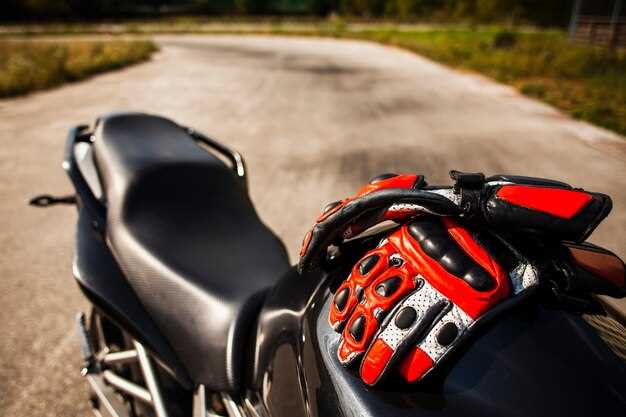
When embarking on long-distance motorcycle trips, having the right safety gear is crucial for ensuring not only your protection but also a more enjoyable ride. Here are the essential components you should consider:
1. Protective Helmet: A high-quality helmet is the most critical piece of safety gear. Look for a DOT or ECE approved helmet that offers maximum protection. Choose one that fits comfortably and securely while providing excellent visibility. Consider models equipped with ventilation and a face shield for enhanced comfort over long rides.
2. Riding Jacket: An armored riding jacket made from durable materials such as leather or textile is vital. Look for jackets that come with reinforced padding in key areas like shoulders, elbows, and back. Features like waterproofing and breathability can also significantly enhance comfort during long trips.
3. Gloves: Long rides demand the right pair of gloves to safeguard your hands from abrasions and environmental exposure. Choose gloves that provide good grip and dexterity while being padded enough to protect against impacts. Gore-Tex or other weather-resistant materials can help keep your hands dry.
4. Pants: Specialized riding pants made from tough material, ideally with armor at the knees and hips, are integral for protection. Look for options that feature ventilation to regulate temperature and waterproof layers for unexpected weather changes.
5. Boots: Footwear must offer both comfort and protection. Opt for sturdy, ankle-high riding boots that provide adequate support and have reinforced toe and heel areas. Waterproof, breathable boots will keep your feet dry and comfortable during long rides.
6. Visibility Accessories: Enhance your visibility on the road with reflective vests or strips. Consider adding LED lights or reflective stickers to your motorcycle. Being seen is just as crucial as the protective gear you wear.
7. First Aid Kit: Always carry a first aid kit tailored for motorcycle travel. It should include essential items like bandages, antiseptic wipes, pain relievers, and tools for basic repairs. Being prepared for minor injuries can make a significant difference during long trips.
Investing in high-quality safety gear mitigates risks and contributes to a more enjoyable riding experience. Be sure to regularly inspect your gear and replace any worn-out items for optimal safety.
Navigation and Communication Tools for Road Trips
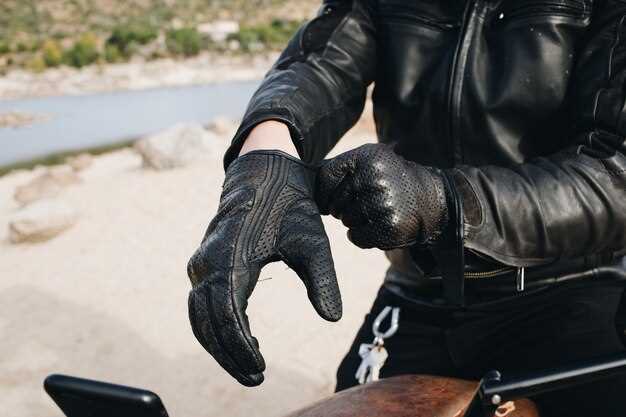
When embarking on a long motorcycle trip, having reliable navigation and communication tools is essential for a smooth journey. GPS devices specifically designed for motorcycles can withstand varying weather conditions and vibrations. These devices often offer route optimization, showcasing scenic paths and avoiding congested areas, making every ride more enjoyable.
Smartphone apps provide a versatile option, with numerous applications available for navigation and traffic updates. Combining your smartphone with a sturdy mount on your bike ensures visibility and quick access while riding. However, always ensure that your phone is charged and consider investing in a portable power bank for extended trips.
In addition to navigation, communication between riders is crucial for group trips. Intercom systems allow seamless communication among bikers without the need to stop, facilitating better coordination during the ride. These systems typically offer features like music sharing and hands-free calls, enhancing the overall experience.
For those riding solo, a reliable charging solution for devices is indispensable. Consider a motorcycle-specific power outlet or USB charger to keep your GPS and communication devices powered throughout the journey.
Weather conditions can be unpredictable, so having a reliable weather app or service can assist in making informed decisions regarding your route. Real-time updates can help you avoid storms and ensure safer travel.
Investing in quality navigation and communication tools not only enhances your riding experience but also contributes to your safety on long trips. With the right tools, you can focus on enjoying the open road while staying connected and informed.















